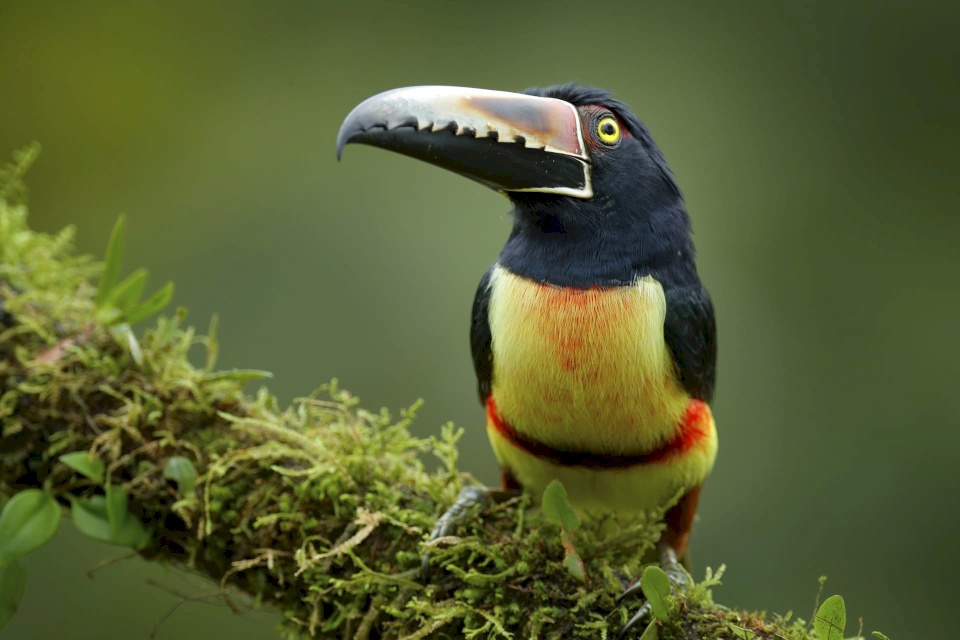
Study: Decline of 61% of Bird Species Worldwide
SadaNews - A new global assessment has revealed that more than half of bird species are in decline, with deforestation leading to a sharp decrease in their numbers across the planet.
Scientists have issued a new warning regarding the health of bird populations, noting that 61% of the assessed species are now experiencing a decline, particularly in tropical regions.
The study indicates that many bird species have lost their habitats due to agricultural expansion and human development, including Schlegel’s asity in Madagascar and the common nightingale in Central America.
Just nine years ago, 44% of assessed bird species were declining, according to the International Union for Conservation of Nature's Red List of Threatened Species.
Ian Burfield, global science coordinator at BirdLife International, who helped oversee the assessment, stated, "The fact that three out of five bird species worldwide are witnessing declines in their numbers underscores the depth of the biodiversity crisis and the urgent need for governments to take the actions they have committed to under various agreements and treaties."
This warning comes as hundreds of environmental advocates gather in Abu Dhabi for the International Union for Conservation of Nature conference running until October 15, 2025, where the fate of many of the world's most endangered wildlife species is being discussed.
Amid the global challenges facing environmental efforts and the impact of climate change, scientists urge governments to fulfill their recent commitments to better protect nature.
Birds play a vital role in ecosystems by aiding in pollination, seed dispersal, and pest control. For instance, hornbills found throughout tropical regions can disperse up to 12,700 large seeds daily in a single square kilometer.
Dr. Malin Rivers, president of the Botanic Gardens Conservation International, remarked, "The fate of birds and trees is intertwined; trees rely on birds for regeneration, and birds depend on trees for survival."
For her part, Dr. Grethel Aguilar, the director general of the International Union for Conservation of Nature, noted that the recovery of the green sea turtle "reminds us that conservation efforts are effective." The green sea turtle was once classified as endangered but is now considered less of a concern due to conservation efforts.
Sea turtle populations have increased by 28% since the 1970s, thanks to enhanced protections for nesting sites in Ascension Island, Brazil, Mexico, and Hawaii.
Roderick Mast, co-chair of the Marine Turtle Specialist Group of the International Union for Conservation of Nature, said that the recovery of the green sea turtle is a "strong example of what coordinated global conservation efforts can achieve over decades to stabilize and even restore populations of long-lived marine species."
In contrast, the study indicates bad news for Arctic seals, which scientists warn are nearing extinction due to global warming. The melting of sea ice has led to a sharp decline in populations of some seal species.
The thinning of sea ice makes it increasingly difficult for Arctic seals to find resting and breeding areas, and they are a key prey for polar bears, which researchers fear may also be affected by this loss.
The study suggests that the plight of these endangered animals serves as a stark reminder that climate change is not a distant problem; it has been unfolding for decades and has immediate impacts here and now.
Source: Guardian

Avoid These 3 Common Habits That Cause Pancreatic Aging

Discovery of Nose Drops Contributing to the Treatment of a Serious Type of Cancer

HMD Announces Launch of a New Device for Kids

The Best Times to Drink Water During the Day... Discover Them

British Study: Foods Rich in Polyphenols Improve Heart Health

To Treat Obesity.. The World Health Organization Supports the Use of GLP-1 Drugs

Dietary Supplements You Should Avoid Before Sleep

